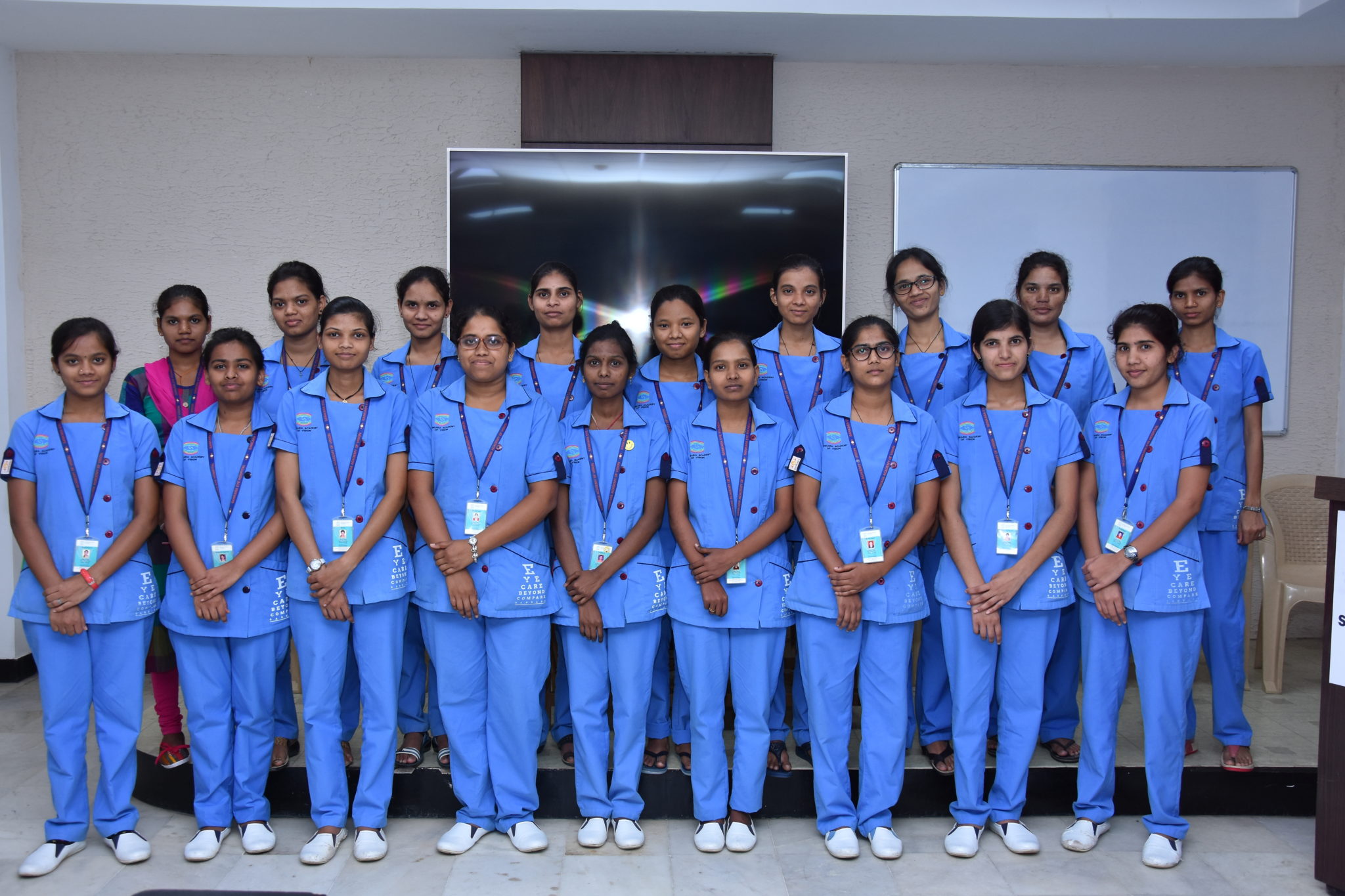How to Manage Diabetic Retinopathy Eye Problems and Recognize Types of Glaucoma
Diabetic retinopathy and glaucoma are two significant eye conditions that can lead to vision impairment or blindness if left untreated. Understanding their treatments and the various types of glaucoma is essential for early detection and management.
Treatment for Diabetic Retinopathy Eye Problems
Diabetic retinopathy is an eye condition that affects individuals with diabetes, resulting from damage to the blood vessels in the retina due to high blood sugar levels. In its early stages, it may cause mild blurriness without other noticeable symptoms, but it can progress to permanent blindness if untreated. Treatment for Diabetic retinopathy eye problems is essential to prevent vision loss and involves timely medical intervention, regular eye check-ups, and effective diabetes management.

Several treatment options are available to manage diabetic retinopathy:
Anti-VEGF Injections: These injections help reduce swelling in the retina, addressing blurred vision. Anti-VEGF drugs inhibit the growth of abnormal blood vessels and decrease fluid leakage.
Vitrectomy: In cases where there's bleeding or retinal detachment, a surgical procedure called vitrectomy is performed. This surgery involves removing the vitreous gel and blood from the eye to improve vision.
Laser Treatment: Laser therapy is used to reduce retinal swelling and prevent blood vessels from leaking. This treatment aims to stabilize vision and prevent further deterioration.
Managing diabetes effectively is crucial in preventing the progression of diabetic retinopathy. Regular eye examinations are essential for early detection and timely intervention.
Types of Glaucoma
Glaucoma is a group of eye diseases characterized by damage to the optic nerve, often due to increased intraocular pressure. It can lead to vision loss if not managed appropriately.
The primary types of glaucoma include:
Open-Angle Glaucoma: Also known as wide-angle glaucoma, this is the most common form. The drainage structure of the eye appears normal, but fluid doesn't flow out as it should, leading to increased eye pressure.
Angle-Closure Glaucoma: Also called narrow-angle or chronic angle glaucoma, this occurs when the drainage angle between the iris and cornea becomes too narrow, preventing proper fluid drainage and increasing eye pressure. It's often associated with cataracts and farsightedness.
Less common types include:
Secondary Glaucoma: Develops due to another eye condition, such as cataracts, leading to increased eye pressure.
Pigmentary Glaucoma: Occurs when pigment granules from the iris accumulate in the drainage channels, blocking fluid outflow and raising eye pressure.
Normal-Tension Glaucoma: The optic nerve is damaged despite normal eye pressure levels.

Glaucoma Diagnosis and Treatment
Early detection of glaucoma is vital to prevent vision loss. Diagnostic tests include:
Tonometry: Measures intraocular pressure.
Gonioscopy: Examines the drainage angle of the eye.
Pachymetry: Measures corneal thickness.
Visual Field Test: Assesses peripheral vision loss.
Optical Coherence Tomography (OCT): Evaluates the thickness of the retinal nerve fiber layer.
Treatment options for glaucoma focus on lowering intraocular pressure to prevent further optic nerve damage:
Medications: Prescription eye drops can reduce eye pressure by decreasing fluid production or improving drainage.
Laser Therapy: Procedures like trabeculoplasty enhance fluid drainage from the eye, effectively lowering pressure.
Surgical Intervention: When medications and laser treatments are ineffective, surgical procedures can create new drainage pathways to alleviate eye pressure.
Regular eye examinations are crucial for individuals at risk of glaucoma, especially those over 40 or with a family history of the condition. Early diagnosis and adherence to treatment plans can significantly reduce the risk of vision loss.

In conclusion, both diabetic retinopathy and glaucoma require timely medical attention and ongoing management to preserve vision. Understanding the available treatments and the different types of glaucoma empowers individuals to seek appropriate care and maintain eye health.



Comments
Post a Comment